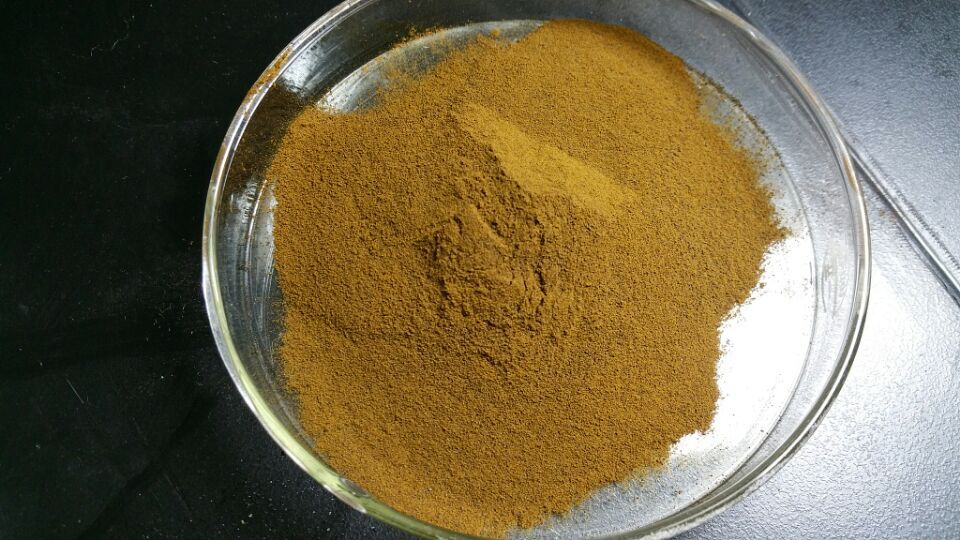Lignin content is usually 70%–75%, with the remaining mass being carbohydrate, ash, and inorganic salts. Further commercial and biorefinery utilization requires the removal of sulfur, which would add cost (PNNL, 2007).
Lignosulfonates are obtained from sulfite pulping processes wherein cellulose is extracted from wood in the pulp industry. The so-called sulfite pulping process involves mixing sulfur dioxide (SO2) with an aqueous solution of base to generate the raw liquor for cooking the wood. In water, the sulfur dioxide forms sulfurous acid (H2SO3), which degrades and eventually sulfonates the lignin by replacing a hydroxyl group with a sulfonate group, allowing it to be solubilized and separated from the cellulose in nonprecipitated form. The spent sulfite liquor contains lignosulfonate and sugars, primarily monosaccharides that need to be removed or destroyed so as to permit the lignosulfonate to be used effectively as a water-reducing concrete additive.
Lignosulfonate is also used as a dispersing agent in materials, such as in the production of brick or tile. Another application is as a starting material in the production of chemically modified lignosulfonate, which is used in oil well drilling fluids and dispersion of pigments. Lignosulfonate is also the most common set retarder for oil well cementing .
In recent years, the pulp industry has begun to turn away from the spent acid process in favor of another process that does not have a lignosulfonate by-product. Consequently, there have been efforts to find a substitute for lignosulfonates in building and drilling or borehole operations.

